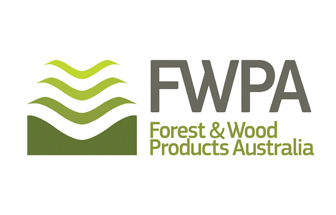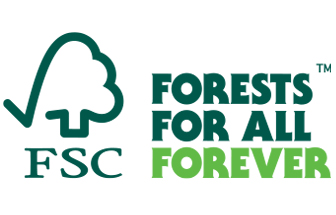RESILIENT TIMBER HOMES FOR AUSTRALIANS
WoodSolutions has launched a new program including a competition for designers
to help tackle the effects of climate change
AFTER years of consecutive record-breaking fires and floods, there are few places in Australia that aren’t conscious of the need to build homes that can survive the worst nature will throw at them.
Too often we’ve seen people surveying the ashes of their homes or wading through mud and piling up ruined sheets of plasterboard. WoodSolutions’ new Resilient Timber Homes (RTH) program is designed to find efficient and sustainable timber-based solutions, delivering homes that can be designed and built with a resilience-focused “Code+” approach, to provide better safety and wellness for their occupants, as well as increased value for the investors and the whole community.
The RTH program has multiple prongs. Run by WoodSolutions and a steering committee of industry partners including research partners FTMA and OneFortyOne and contributing partners Meyer Timber, Mutinail, MiTek and Tilling, it hopes to develop and test better methods of designing and constructing homes, with health and survivability at front of mind.
This process will include producing a design guide, extensive RD&E, testing and – importantly –sharing what is learned as widely as possible.
Timber frame homes are the focus as they have shown themselves to be robust and resilient when subjected to adverse and extreme conditions, including those associated with floods, bushfires, and cyclones, for every location in Australia. They provide more than just life safety (which is the main objective of the NCC) and adequate property protection through good durability and easy maintenance.
As part of the first phase of the RTH program, a design competition is being run to help generate new, meaningful ideas. The competition – based on the Australian Institute of Architects (AIA) Model Conditions for an Architectural Competition – will be run in a single stage, with two briefs for entrants to choose from. Entries will demonstrate how Australian timber homes can be designed and built with a resilience-focused “Code+” approach, to provide better safety and wellness for their occupants, as well as increased value for the investors and the whole community.
The Competition’s objective is to develop a new design by modifying a benchmark home, in order to:
- achieve better resilience, with reference to the performances described in the brief.
- estimate the cost premium associated with the modified design and suggest cost-offset tool(s) and/or initiative(s) that would turn it into an investment.
- quantify the carbon footprint, using the Green Star’s Upfront Carbon Emissions calculation guide.
There is a $50,000 prize for the winning entry responding to each of the briefs. Following the competition, the program’s Partners may commission a full set of construction drawings from the winners, while WoodSolutions will work to support further R&D work suggested from the competition’s ideas.
The competition has already been launched and is in its Q&A period for registered parties. Find the details and register here. Submissions open on 14 April, which is also the last date to submit questions, and close on 26 May.
The in-depth judging process includes a technical evaluation of each entry and will take place from 12 June to 28 July. Judges include Dylan Brady, lead of Decibel Architecture, and Andrew Dunn, CEO of the Timber Development Association among a panel of seven design and construction specialists. In addition, several technical advisors, a professional advisor and probity advisor will help to select the winning entries.
The winners will be announced on 4 August and the jury report completed by 15 September.
“At WoodSolutions we are continually impressed by the talent, creativity, and ingenuity that exists amongst Australian home designers,” said Resilient Timber Homes program manager, Paolo Lavisci.
“This competition provides a valuable opportunity for the design community to showcase its talents and work together to create a better and more resilient future for Australian houses and the families who occupy them.”
MAIN PIC: Timber-rich homes like the Royd Clan’s Autonomous House by level architekture are better able to withstand the rigours of climate change. Photo: John Gollings









